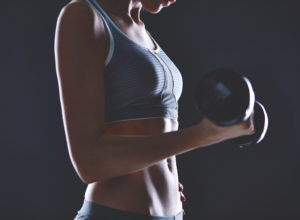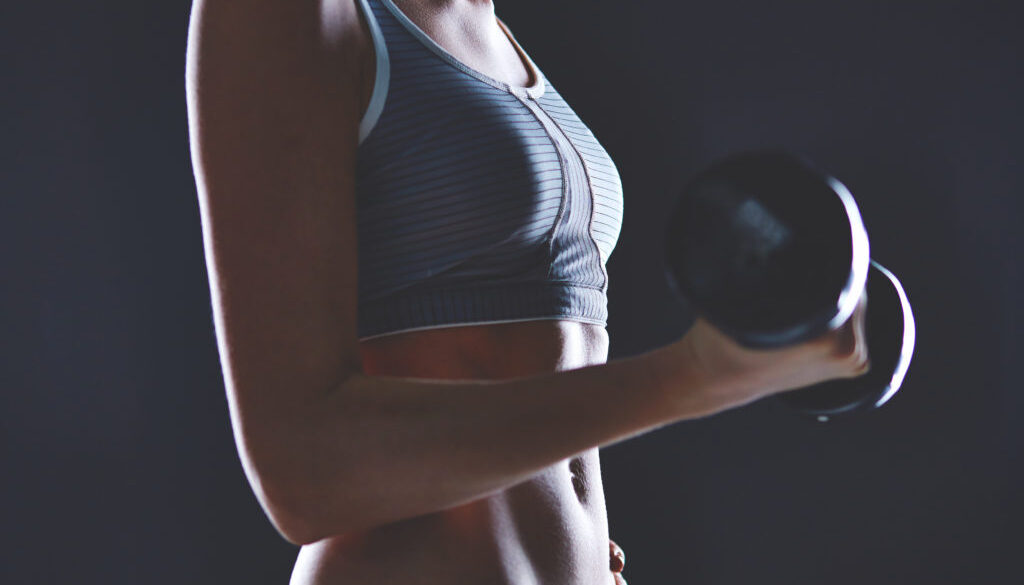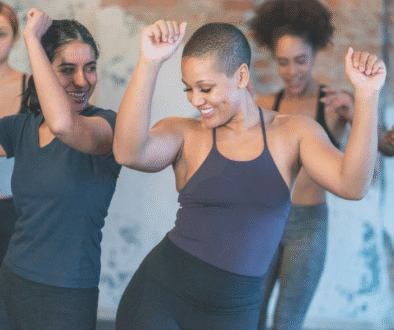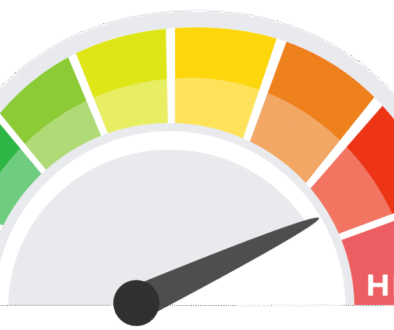Guts and Glory: Biggest Exercise Myths
By John Monteleone, CSCS, CSPS, EP-C, FMS Level 2

In the age of vast instant information for the consumer, misinformation plagues sound decision making for the right products and services. The field of health and fitness is no different from other industries regarding this matter. So, what is the consumer to do? In this article, we shall address three common exercise myths and hopefully provide clarity along the way.
Myth 1: Lifting Heavy weights will bulk you up
This is by far the biggest myth in health and fitness. Strength training does not make the individual “bulky” your diet determines that. Any form of exercise requires energy from your body whether high-intensity interval training or heavy strength training. After heavy strength training, your body requires water and proper nutrition to repair the skeletal muscle breakdown. The type of food and supplements that one consumes following the strength training workout dictate one’s “bulky” frame. Typically, the high consumption of carbohydrates and proteins after a workout slows the metabolism down and thus increasing your bodyweight; aka “bulking.” Remember, your diet or eating habits dictate 70% of how an individual’s ascetic appearance.
Myth 2: Fat turns into muscle; Muscle turns into fat
This is the human physiology alchemy myth. Fat cannot turn into muscle and muscle certainly cannot turn into fat. Fat and muscle tissue are comprised of two completely different cells types and structure designs. When an individual begins an exercise routine for the first time. Body fat does eventually decrease, but not from increasing muscle tissue. With the coupling of the disciplined exercise routine and proper nutrition, the body eventually burns the fat (using it as a fuel source). In the process, the body may increase skeletal muscle tissue as a result of the strength training routine. When we go from physically active to a sedentary lifestyle, lack of exercise and proper nutrition are key factors. Since there is a reduction of strength training, your body reduces the skeletal muscle tissue. Your body breaks down the tissue because there is no longer a need to support it due to the lack external stimulus that is exercise. Body fat increases from the improper diet that is increased caloric intake, not burning off the excess calories and lack of proper nutrition. Your body stores the extra calories as fat.
Myth 3: No Pain, No Gain
Yes, sometimes being sore after a workout is a good thing. That certainly not the standard to value a workout as good or bad. Pain in joints, ligaments, tendons and even bones is NOT a good thing. That is your body signally to you that something was not executed properly during the workout. Soreness, not pain in the skeletal muscles, means that the body was challenged and some of the skeletal tissue was broken down. This soreness is a good thing with proper rest, nutrition, and stretching after the workout. If you are an experienced exerciser, you may not experience soreness or feel it rarely. Depending on the program you need 24 to 48 hours of recovery between workouts of the same muscle groups. As I tell clients, some soreness is ok, the goal is to not be incapacitated.
These are three common myths in the health and fitness field that I work with every day. Your nutrition as plays a massive role in whether you become “bulky” or decreasing body fat and increasing skeletal muscle. Soreness at times is ok depending on the workout and experience level of the fitness enthusiast. However, pain in the joints, ligaments, tendons, and bones is not ok.
Healthy living is a lifelong commitment that personal trainer John Monteleone emphasizes to his clients. He is passionate about sharing his wisdom and educating the community about getting healthy and incorporating fitness in their lives. In his own words, “I love healing people while always emphasizing quality”, he shares. “That’s why I get up at 3:30am Monday through Friday. If my clients are motivated to come to the gym at 5am, then I want to match their level”. He is head personal trainer at Wyomissing Fitness and Training and Exeter Fitness and Training gyms. Wyomissing Fitness and Training and Exeter Fitness and Training offer clean, upscale facilities in two different parts of town, accompanied by an encouraging and motivating environment, where your results are our main concern. They offer a first-rate personal training program that will be custom fit to your specific needs, and a wide variety of classes which include HIIT, Zumba, spin, yoga, Pilates, circuit training, kettle bell, kickboxing, strength training, TRX, step and tone, Barlattes, total body conditioning, core and toning, Bosu, body sculpting, Pound, and personal training, to name a few!



